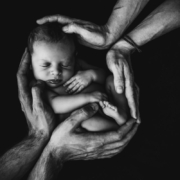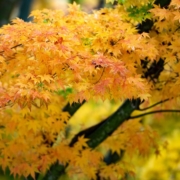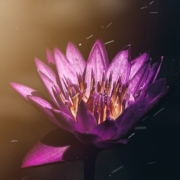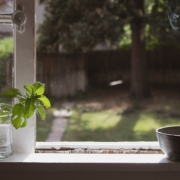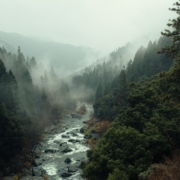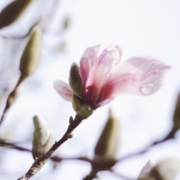Safety
“The most important thing for you to know is this: There is nothing that has ever happened to you that damages, weakens, or stains the essence of who you are. No negative experience great or small can harm your true nature. To rest into the truth of that offers both safety and possibilities.”
When we are aware of our body sensation, we know when we feel safe, we know when we don’t, and we know when we override our need for safety. There’s the kind of physical safety that comes from an obvious act like locking a door and there’s the kind of subtle safety that is about felt sense.
What do we become aware of when we turn toward that felt sense? How do we meet those sensations?
It’s complex this need for safety but the bottom line is there’s no real inner or outer changes without safety. Noticing this tells us much about ourselves and our relationship to safety.
There’s no “life hack” that substitutes for a well developed sense of safety.
We are complex beings. There’s no one solution for the challenges we face in life. If we buy into the idea that there is one theory or method that is going to solve all our troubles then we shift from wholism to reductionism.
True safety provides the trust our nervous systems require to open to the nourishment offered. The non verbal connection that flows back and forth between people is called “limbic resonance”. (I do not believe that this kind of resonance is limited to humans but for the sake of brevity, I’ll let it be.)
“If someone’s relationships today bear a troubled imprint, they do so because an influential relationship left its mark…when a limbic relationship has left its mark, it takes a limbic connection to revise it.”
(“A General Theory of Love”, Lewis, Amini, & Lannon)
I think of it as two nervous systems dancing with one another and it is a practice. It requires time and awareness for these revisions in our nervous systems to take hold and reveal new options, to reveal what’s possible.

